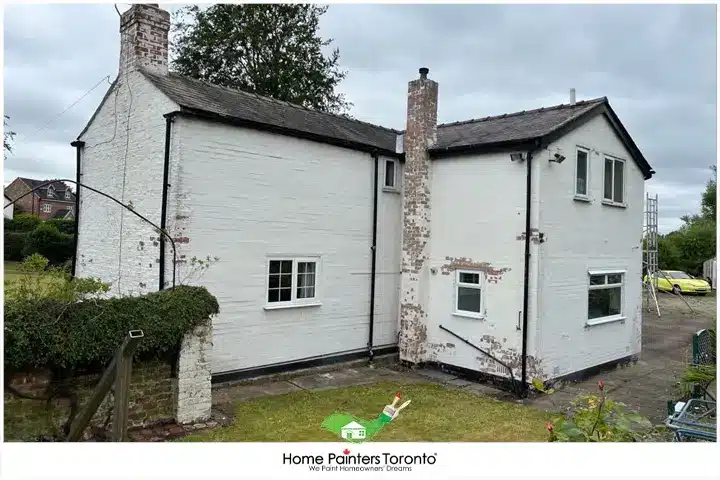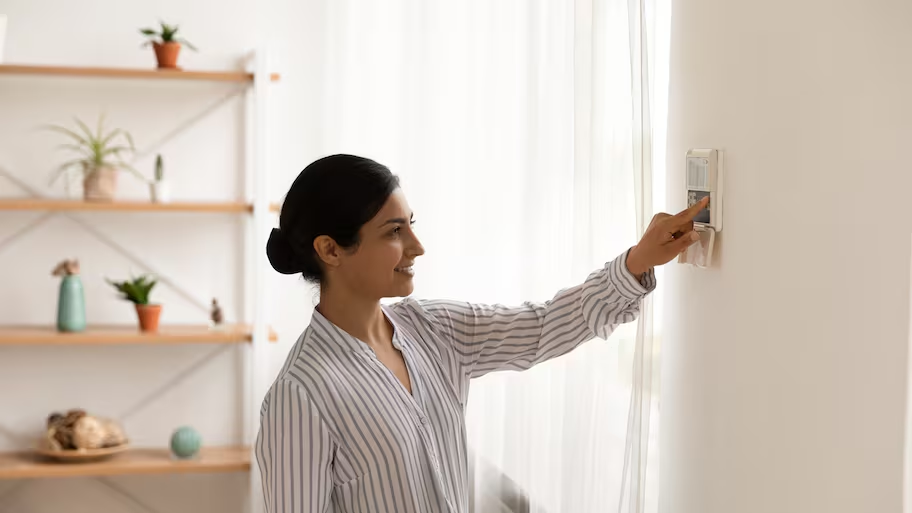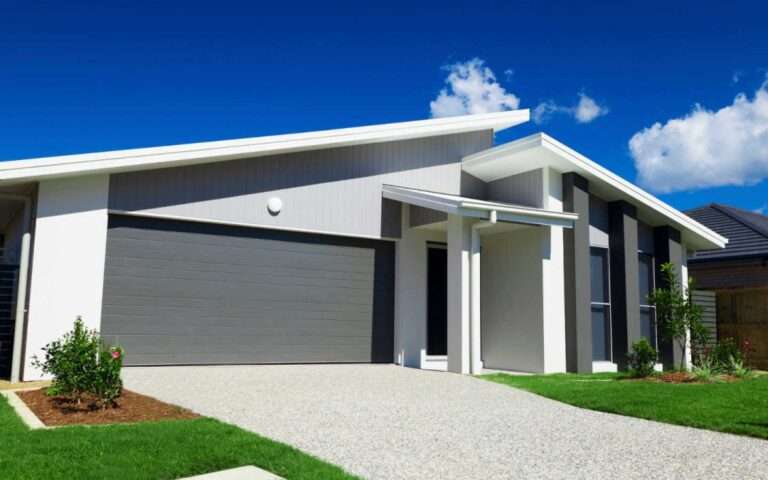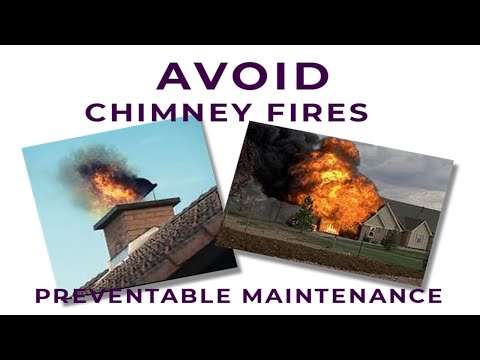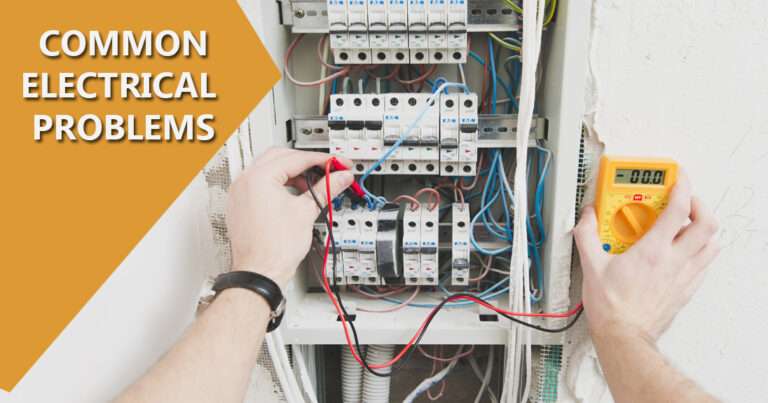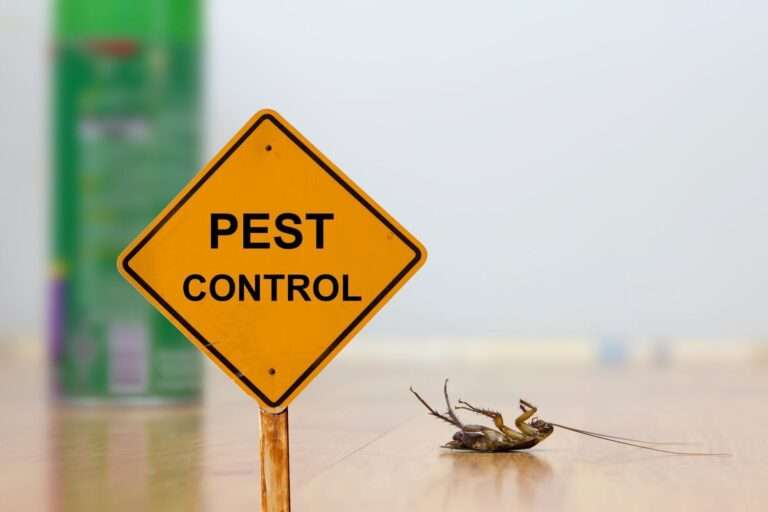Common Exterior Paint Problems | Protecting Your Home
Common Exterior Paint Problems | Protecting Your Home – Paint is more than just a color on the wall—it’s a layer of protection, an aesthetic choice, and an investment in your property. When it begins to fail, it’s not just an eyesore; it can also signify deeper issues. Understanding these signs can help you maintain not only the appearance but also the integrity of your building.
Key Takeaways:
- Blistering: Usually a result of moisture or heat. Must be addressed quickly to prevent widespread damage.
- Cracking: Often due to age or poor application, it can allow moisture to penetrate the substrate.
- Peeling: Caused by a variety of factors including moisture, improper surface preparation, or old age.
- Mildew Growth: Indicates moisture problems and can pose health risks.
- Chalkiness: A sign of paint aging from exposure to the sun and elements.
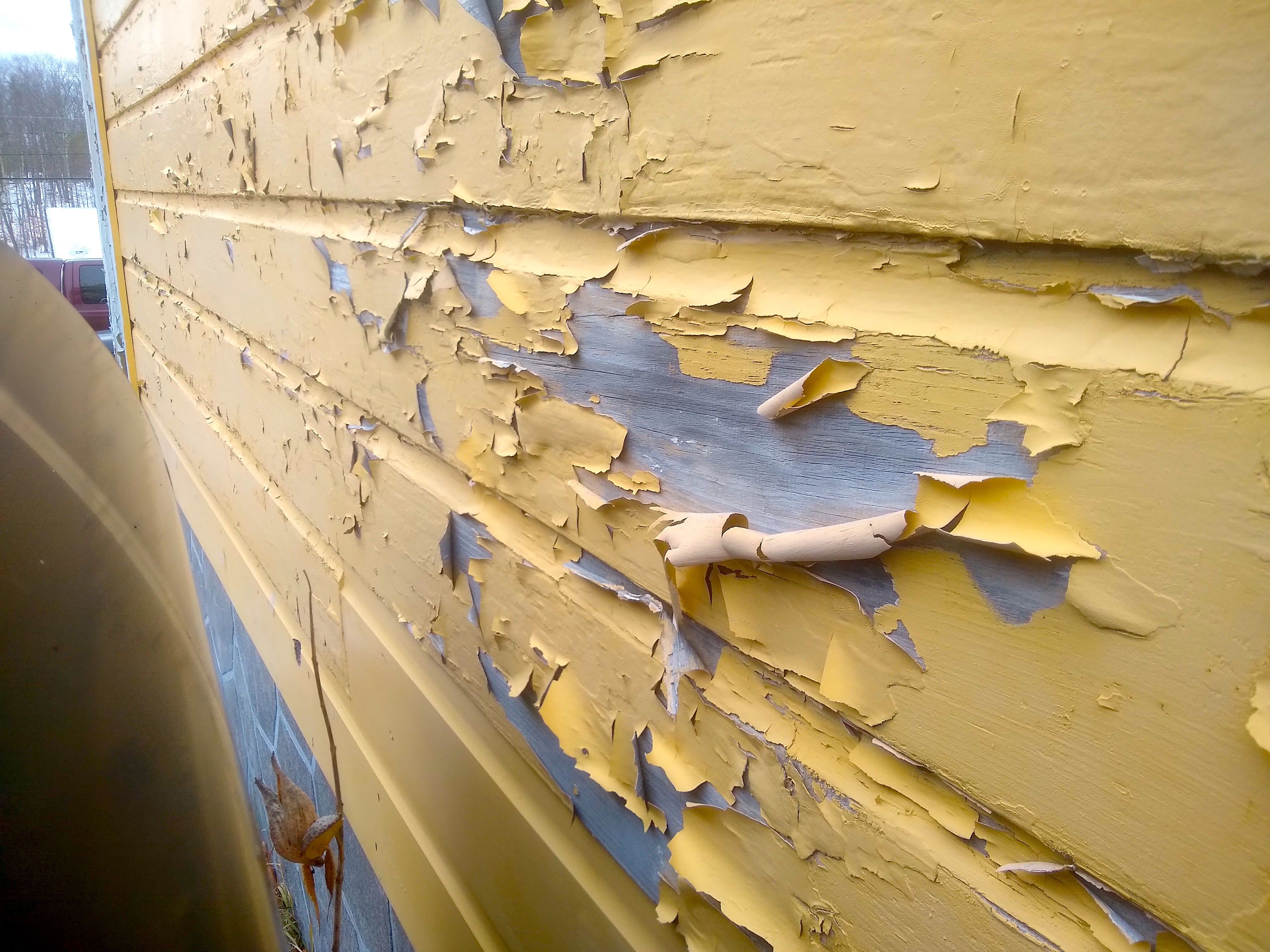
Blistering: Bubbles of Frustration on Your Wall
Blistering paint is a frustrating issue that signals underlying problems with moisture or heat. When paint lifts from the underlying surface to form blisters or bubbles, it’s not just an aesthetic issue—it can expose surfaces to further damage from the elements.
Causes and Prevention
Blistering often occurs when paint is applied in direct sunlight or to a hot surface, which traps solvent vapor as the paint dries too quickly. It can also happen if moisture in the substrate evaporates as the paint dries.
Prevention Tips:
- Avoid painting in direct sunlight or on excessively hot days.
- Ensure the surface is completely dry and free of moisture before painting.
- Use high-quality, breathable paint that allows moisture to escape.
Expert Solutions
If blistering occurs, it’s crucial to scrape away the blisters, sand the area smooth, and repaint it, ensuring all underlying issues are addressed. This process might involve checking for leaks or improving ventilation to prevent moisture buildup.
Cracking: When Paint Loses Its Flexibility
Cracking paint can turn a once-smooth surface into a web of unsightly lines. This issue often stems from the paint losing its flexibility, usually due to age, poor quality paint, or incorrect application techniques.
Types of Cracking
- Hairline cracks: Thin and superficial, often due to poor paint adhesion.
- Deep cracks: These penetrate through multiple layers of paint and can be more severe, possibly requiring a complete removal of old paint layers.
Table: Comparing Crack Depths and Solutions
| Crack Type | Depth | Recommended Solution |
|---|---|---|
| Hairline | Surface | Repaint with flexible primer |
| Deep | Deep | Remove paint, prime, and repaint |
For more information on the best products and techniques to handle cracking paint, visit this resource.
Peeling: More Than Just an Eyesore
Peeling paint is not just unattractive; it exposes your walls to the elements, leading to potentially serious damage. This problem usually occurs when the paint film separates from the underlying surface.
Common Causes
- Poor adhesion: Often due to dirt, oil, or inadequate surface preparation.
- Moisture: Water infiltrating behind the paint layer can push the paint away from the surface.
- Aging: Older paints can lose their adhesion and flexibility, leading to peeling.
Peeling can be mitigated by using the right techniques and materials from the start, which includes proper surface preparation and choosing the right type of paint for the environment. For more details on preventing paint peeling, consider checking this guide.
Mildew Growth: A Health Hazard Lurking in the Shadows
Mildew growth on painted surfaces is not only an aesthetic concern but also a potential health hazard. It typically appears as black or gray spots and thrives in moist, shaded areas.
How to Recognize and Resolve Mildew Issues
Identifying mildew involves checking for spots or areas where moisture accumulates. It’s crucial to clean the affected area with a mildewcide cleaner or bleach solution before repainting.
Effective Mildew Prevention Strategies:
- Ensure good air circulation to reduce moisture.
- Use paints with mildew inhibitors.
- Address moisture issues like leaks or condensation as soon as they are noticed.
Continued mildew problems might require more extensive interventions, such as improving drainage and waterproofing to protect the affected areas from further moisture exposure.
Chalkiness: An Aging Paint’s Tale
Chalkiness in paint refers to the formation of a powdery residue on the paint surface as it ages and is exposed to the elements. This residue occurs when the paint’s binding agents break down, a process accelerated by sunlight and weather exposure.
Managing Chalkiness
To manage chalkiness, it’s essential to clean the surface thoroughly before repainting. Applying a primer can also help new paint adhere better and last longer.
For a deeper dive into how to handle and prevent chalkiness, check out this detailed guide.
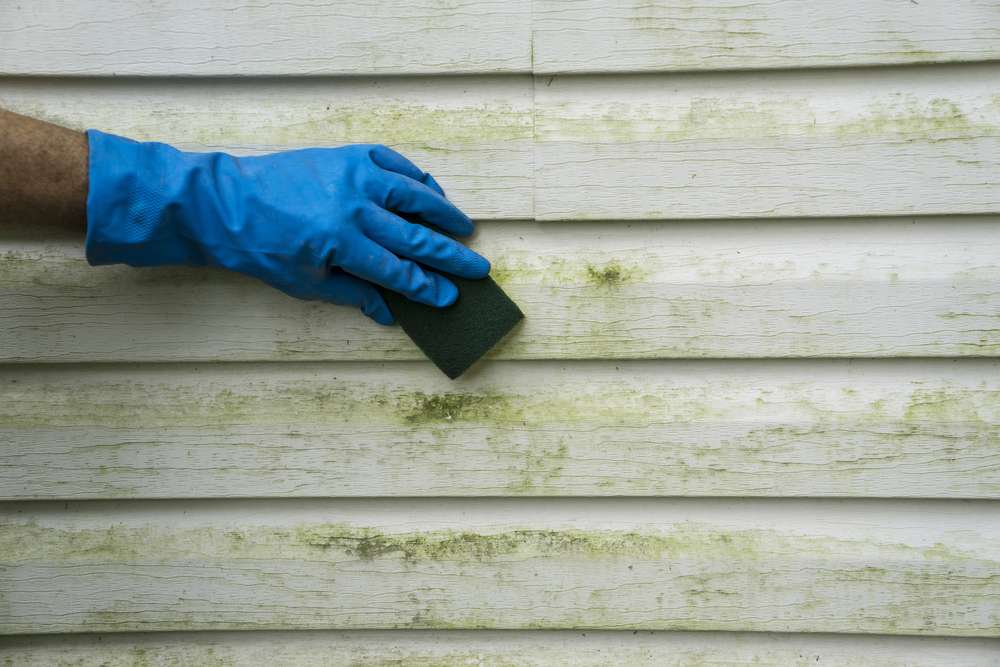
Frequently Asked Questions about Common Paint Problems
Why does exterior paint peel off in sheets?
Peeling in sheets often indicates a failure in the paint’s adhesion, usually due to moisture issues or improper surface preparation prior to painting. Ensuring that the surface is clean, dry, and properly primed can significantly reduce the risk of this problem.
How can I prevent paint from blistering?
To prevent blistering, avoid painting in direct sunlight or on very hot surfaces. Ensure that the surface is dry and well-prepared before you start painting, and use paint that is suitable for the conditions and substrate.
What is the best way to fix cracked paint on wood?
For cracked paint on wood, remove all loose and flaking paint, sand the surface smooth, and apply a high-quality primer before repainting. This helps ensure that the new paint adheres properly and remains durable.
How often should I repaint the exterior of my home to avoid mildew and chalkiness?
The frequency of repainting can vary based on climate, the quality of the previous paint job, and the type of paint used. Typically, an exterior paint job can last 5 to 10 years. Using paints with mildew inhibitors and UV protectants can extend this lifespan.
Can I paint over chalky paint?
Painting over chalky paint without proper preparation is likely to lead to adhesion problems. It’s crucial to clean the chalky residue thoroughly and prime the surface before applying new paint.
Advanced Maintenance Strategies for Long-lasting Paint
Taking proactive steps to maintain your paint can keep it looking fresh and vibrant for longer while protecting your property. Here are some advanced tips:
- Regular Cleaning: Gentle cleaning of painted surfaces can prevent dirt accumulation and the growth of organisms that can damage paint.
- Timely Repairs: Addressing issues like leaks and cracks in the building envelope quickly can prevent many common paint problems.
- Quality Materials: Invest in high-quality paints and primers that are suitable for your climate and building materials.
Tools and Techniques for Professional-Quality Results
Whether you’re a DIY enthusiast or a professional painter, using the right tools and techniques can make a significant difference in the outcome of your paint job.
- Brushes and Rollers: Use high-quality brushes and rollers that are appropriate for the type of paint and surface.
- Technique: Apply paint in even, consistent strokes to avoid drips and streaks.
- Conditions: Paint under ideal weather conditions—typically dry, mild days—to ensure the best adhesion and drying.
For additional resources on professional painting techniques, consider visiting this informative link.
Impact of Environmental Factors on Paint Longevity
The environment plays a significant role in how paint ages and deteriorates. Here’s what to watch for:
- Sun Exposure: UV light can degrade the binders in paint, leading to fading and chalking.
- Moisture: Rain, humidity, and dew can penetrate paint, leading to peeling and blistering.
- Temperature Fluctuations: Extreme changes in temperature can cause surfaces to expand and contract, leading to cracks in the paint.
Understanding these factors can help you choose the right type of paint and protective measures for your home or building.
Handling Complex Challenges in Paint Maintenance
Sometimes, paint problems can be symptomatic of larger issues, such as structural defects or inadequate ventilation. In such cases, it may be necessary to consult with professionals who can diagnose and resolve the underlying causes.
For comprehensive guidance on addressing complex paint problems and maintaining your property’s exterior, explore further insights here.
Maintaining your home’s paint job is not just about keeping up appearances; it’s about protecting your investment and ensuring the longevity of your property. By understanding the common issues that can arise and knowing how to address them effectively, you can keep your property looking its best for years to come.

